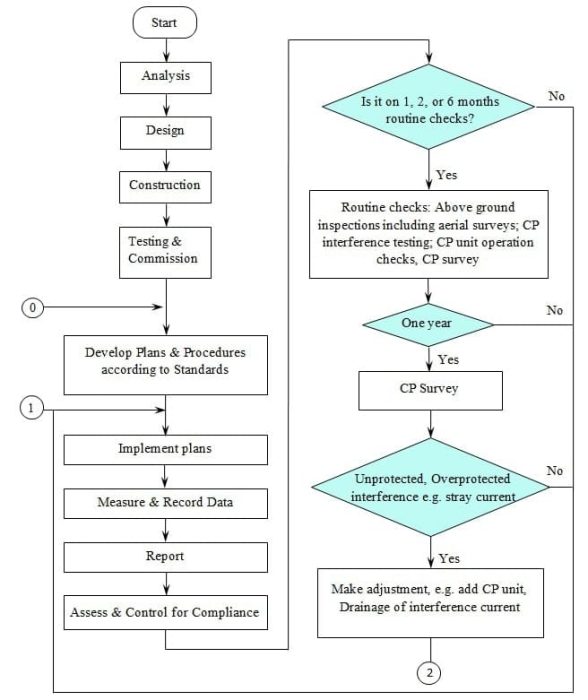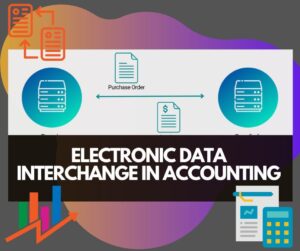Asset Tracking Software Management, Uses & Types in 2023: Asset tracking refers to the systematic process of tracking and managing a company’s physical assets. This involves the latest use of technology, such as RFID, GPS, or barcode scanning, to monitor the location, status, and usage of assets in real-time. The primary goal of asset tracking is to improve efficiency, reduce costs, and increase accountability by providing organizations with a complete view of their assets and how they are being used.
Asset tracking can be used for a variety of purposes, such as inventory management, maintenance scheduling, and theft prevention. It is commonly used in industries such as manufacturing, healthcare, logistics, and construction, where physical assets play a critical role in day-to-day operations. By tracking assets, organizations can reduce downtime, minimize the risk of equipment failure, and improve overall productivity.
What Does Asset Tracking Software Mean?
Asset tracking software is a dedicated software solution that empowers organizations to track and manage their physical assets, including IT assets, equipment, vehicles, and tools. The software utilizes various technologies like barcode scanning, RFID, GPS, and sensors to track and monitor the location, status, and usage of assets in real-time.
Asset tracking software offers a centralized platform to manage asset data, including asset history, maintenance records, and financial information. The software helps organizations to optimize asset utilization, improve maintenance schedules, and prevent theft and loss of assets.
Asset tracking software is customizable to meet the distinct requirements of various industries, including healthcare, logistics, construction, manufacturing, and education. The software helps organizations to streamline their operations, reduce costs, and increase overall efficiency by providing valuable insights into asset utilization and maintenance.
Source: https://en.wikipedia.org/wiki/Asset_tracking
What is asset tracking management & its Uses?
Asset tracking management is the process of managing an organization’s physical assets using asset tracking software. It involves the use of technology, such as barcode scanning, RFID, GPS, or sensors, to monitor and track the location, status, and usage of assets in real-time.
Asset tracking management typically involves the following steps:
Asset registration
Asset registration is a key step in efficient asset management. It involves creating an asset database that includes details such as unique identification numbers, descriptions, locations and purchase prices of each asset. This helps to keep track of assets and facilitate seamless tracking of their movements within the organization.
Asset tracking
Asset tracking utilizes advanced technology to keep track of the real-time location, status, and usage of assets. This data is typically stored in an asset database so that it can be easily accessed and monitored. Asset tracking is beneficial as it allows companies to monitor their assets and ensure they are being used efficiently and effectively.
Maintenance management
Maintenance management is essential for keeping all assets maintained and in good condition. It involves using asset tracking software to plan and carry out maintenance activities, such as repairs, inspections, and replacements. This helps to ensure that assets are maintained according to the organization’s standards, reducing the risk of unexpected breakdowns or damages. Furthermore, effective maintenance management can lower operational costs by ensuring that all parts and components are functioning properly, extending their lifetime and eliminating the need for regular replacements.
Reporting and analysis
Reporting and analysis is a crucial part of asset tracking software usage. This involves using the software to generate reports and analyze data to identify areas that would benefit from improvement. These include optimizing asset utilization, reducing maintenance costs, and preventing theft or loss of assets. All of these measures can help save money and ensure the safekeeping of all assets.
Asset tracking management helps organizations to optimize their asset utilization, reduce costs, and increase overall efficiency by providing valuable insights into asset usage and maintenance.
What are the different types of asset tracking software?
There are various types of asset tracking software available in the market, each designed to suit different types of assets and industries. Here are some common types of asset tracking software:
- Fixed asset tracking software
- IT asset tracking software
- Fleet management software
- RFID asset tracking software
- Barcode asset tracking software
- Healthcare & Medical equipment tracking software
- Artwork tracking software
- Chemical inventory tracking software
- School & Education Asset tracking software
- Military asset tracking software
Top 5 Asset Tracking Software in 2023
Following are the best Asset tracking software in 2023, Tech Turf made this ranking on its research but do not claim to be accurate. All the information is available in public domain.
Source: https://www.forbes.com/advisor/business/software/best-asset-tracking-software
We hope that you have liked this information and will share this on social media websites. If you need Asset tracking software with discount from top companies, please contact us using contact form.

